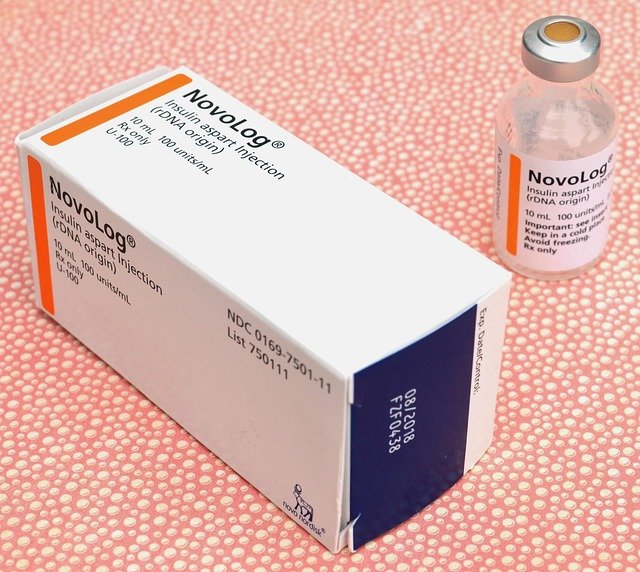Reigniting the Potential of E-Ink Technology
We all remember the promise of E-Ink technology - a digital display that mimics the look of ink on paper. When it was first introduced, it was hailed as a game-changer, but it has since been largely confined to e-readers. However, recent advancements and innovative uses have once again brought E-Ink into the limelight.

A Flashback to E-Ink’s Inception
E-Ink, or electronic ink, was developed in the late 1990s by a company now known as E Ink Corporation. It was designed to replicate the look of printed ink on paper, creating a display that was easy on the eyes and readable even in bright sunlight. E-Ink’s low power consumption and the ability to retain an image even when the power is off made it a promising technology for a range of applications.
However, the technology’s limitations, such as its monochrome display and slower refresh rate, led to its concentration primarily in e-readers. Amazon’s Kindle, first released in 2007, is perhaps the most well-known device to utilize E-Ink technology.
The Resurgence of E-Ink
Recently, E-Ink seems to be experiencing a resurgence. Advances in technology have led to color E-Ink displays, albeit with a limited color range, and improvements in refresh rates. These advancements, coupled with the ongoing demand for devices with longer battery life and less screen-induced eye strain, have opened new doors for E-Ink.
Smartwatches, smartphones, and even laptops with E-Ink displays have started to appear in the market. The Hisense A5C, for example, is a smartphone with a color E-Ink display, while the Lenovo ThinkBook Plus features an E-Ink display on its lid for taking notes and reading documents.
Market Implications and Price Ranges
The potential market impact of these E-Ink devices is significant. As consumers increasingly seek digital detox options and eye-friendly devices, products that offer the benefits of E-Ink could carve out a substantial niche.
The price range for such devices varies. E-Ink e-readers can be found for under $100, while the Hisense A5C smartphone is priced around $300. Laptops with E-Ink, like the Lenovo ThinkBook Plus, can reach upwards of $1000, reflecting the premium nature of this feature.
Final Thoughts: A Bright Future for E-Ink?
E-Ink technology may have been around for a while, but it is far from outdated. As we move towards a more digital and screen-oriented world, the unique advantages of E-Ink, such as reduced eye strain and lower power consumption, become increasingly important.
While it’s unlikely that E-Ink will replace LCD or OLED screens in the near future, there’s a growing demand for its unique benefits. With further advancements and creative applications, E-Ink technology may yet find its place in our tech-obsessed world.
This resurgence of E-Ink is a reminder that sometimes, technologies that may seem to have reached their limits can find new life through innovation and a fresh perspective. The future of E-Ink may not be certain, but it’s certainly one to watch.




